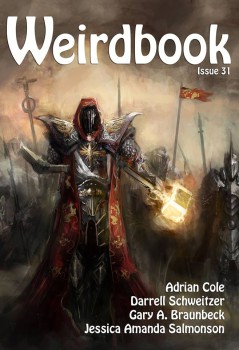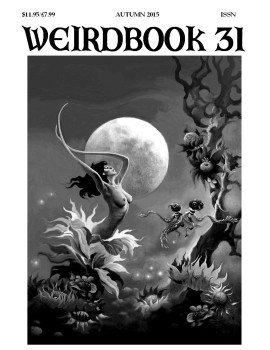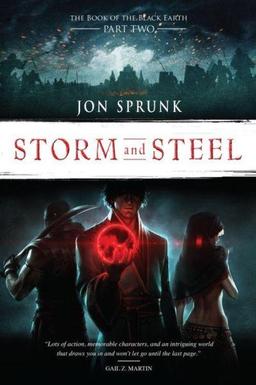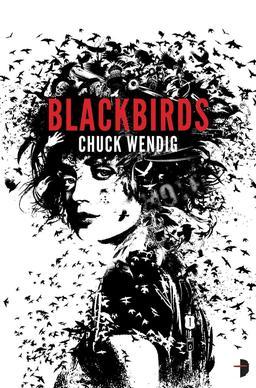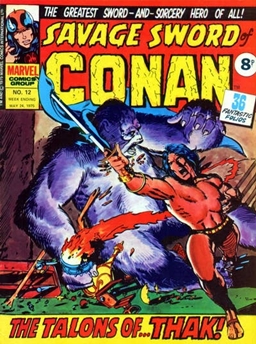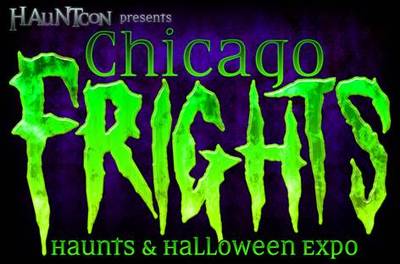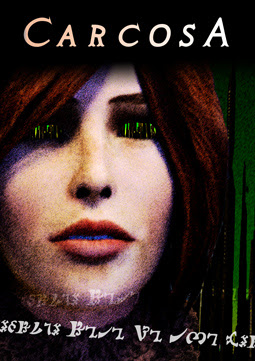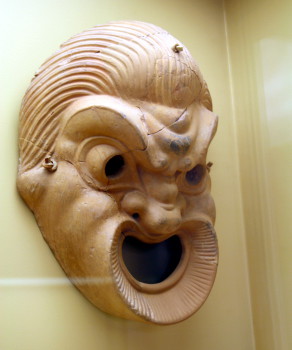Fantasia Diary 2015, Day 4: Therapy for a Vampire, Bridgend, Assassination Classroom, Ludo, and Who Killed Captain Alex?: Uganda’s First Action Movie
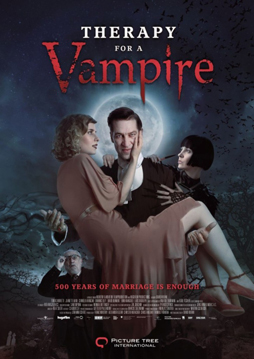 Late last Friday night, the 17th of July (or early the next morning, to be precise), I was unable to keep from smiling as my city was cheerfully demolished by a crew of Ugandans, cheered on by a Fantasia Festival crowd. It was a wonderful end to an already very surreal day.
Late last Friday night, the 17th of July (or early the next morning, to be precise), I was unable to keep from smiling as my city was cheerfully demolished by a crew of Ugandans, cheered on by a Fantasia Festival crowd. It was a wonderful end to an already very surreal day.
After having gotten not quite enough sleep the night before, I was at my fifth movie of the day. Even more than usual, each film had been wildly at odds with the one before it. I’d started at 12:45 with the Austrian period comedy Therapy for a Vampire, in which one of the undead seeks psychological help from Sigmund Freud. I followed that with Bridgend, a dark teen drama with some horror overtones, based on true events. Both of those had been at the small De Sève Theatre, and after a bite to eat, I went to the big Hall Theatre at 7:40 to watch the Japanese comedy Assassination Classroom, in which prep school students try to kill their alien professor before he blows up the Earth. After that, I ran back across the street to catch the world première of the transgressive Indian horror film Ludo. And then stuck around to watch the presentation of Who Killed Captain Alex?: Uganda’s First Action Movie. Which also involved the destruction of Montréal.
But let me go through these things in full, starting with Therapy for a Vampire. In fact, I’ll start a bit before that, with a short film that was screened before the main feature: The Mill at Calder’s End. Directed by Kevin McTurk from his own story, with a script by Ryan Murphy, it’s a gothic horror film set in the late Victorian or Edwardian era. And it’s done with puppets. They’re highly detailed — the IMDB tells me “36 inch tall bunraku rod puppets” — and convey the atmosphere wonderfully. The story follows a young man who’s inherited the family lands, along with the curse accompanying said lands. He investigates, and faces the same horror his ancestors faced before him.
